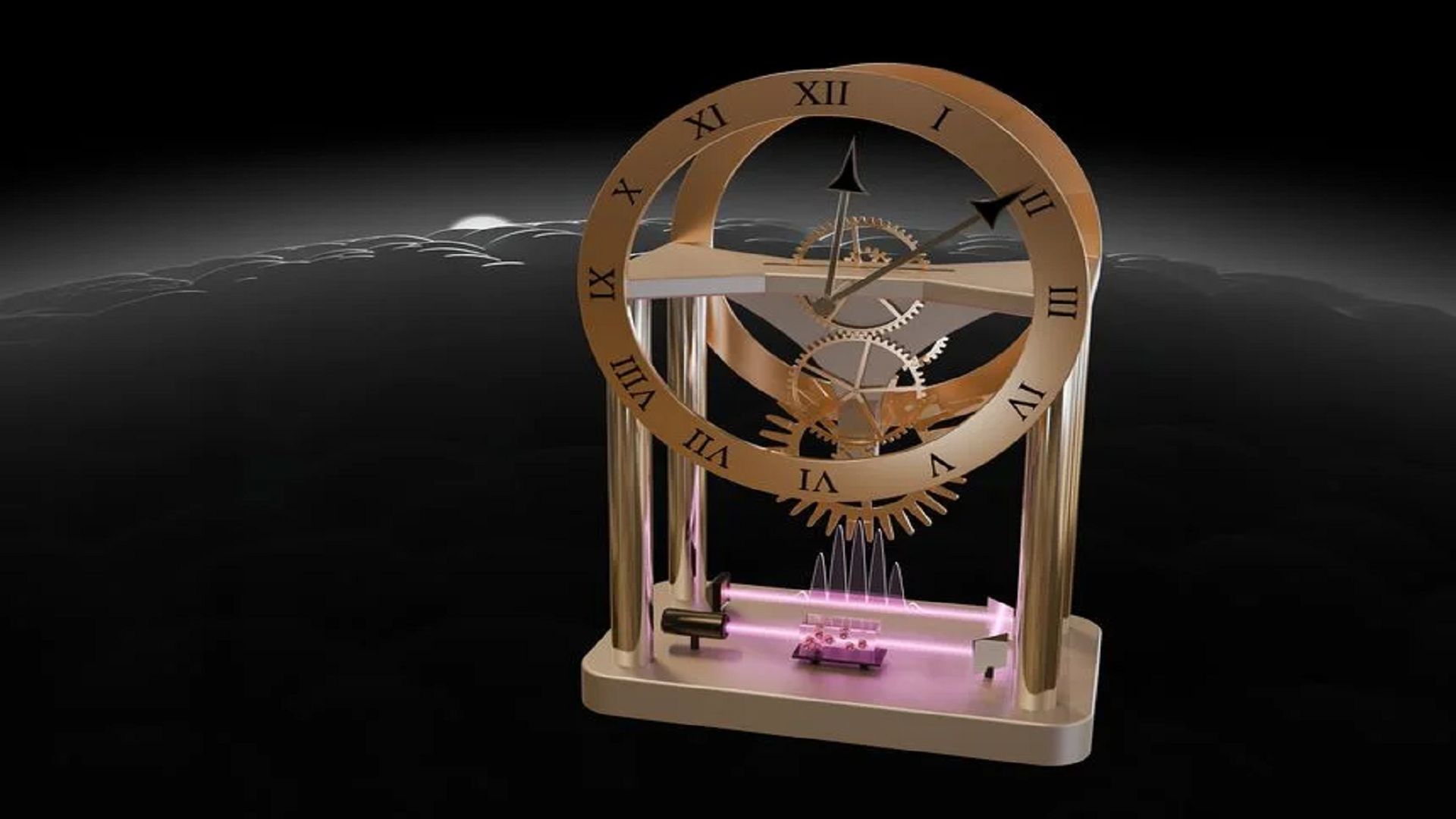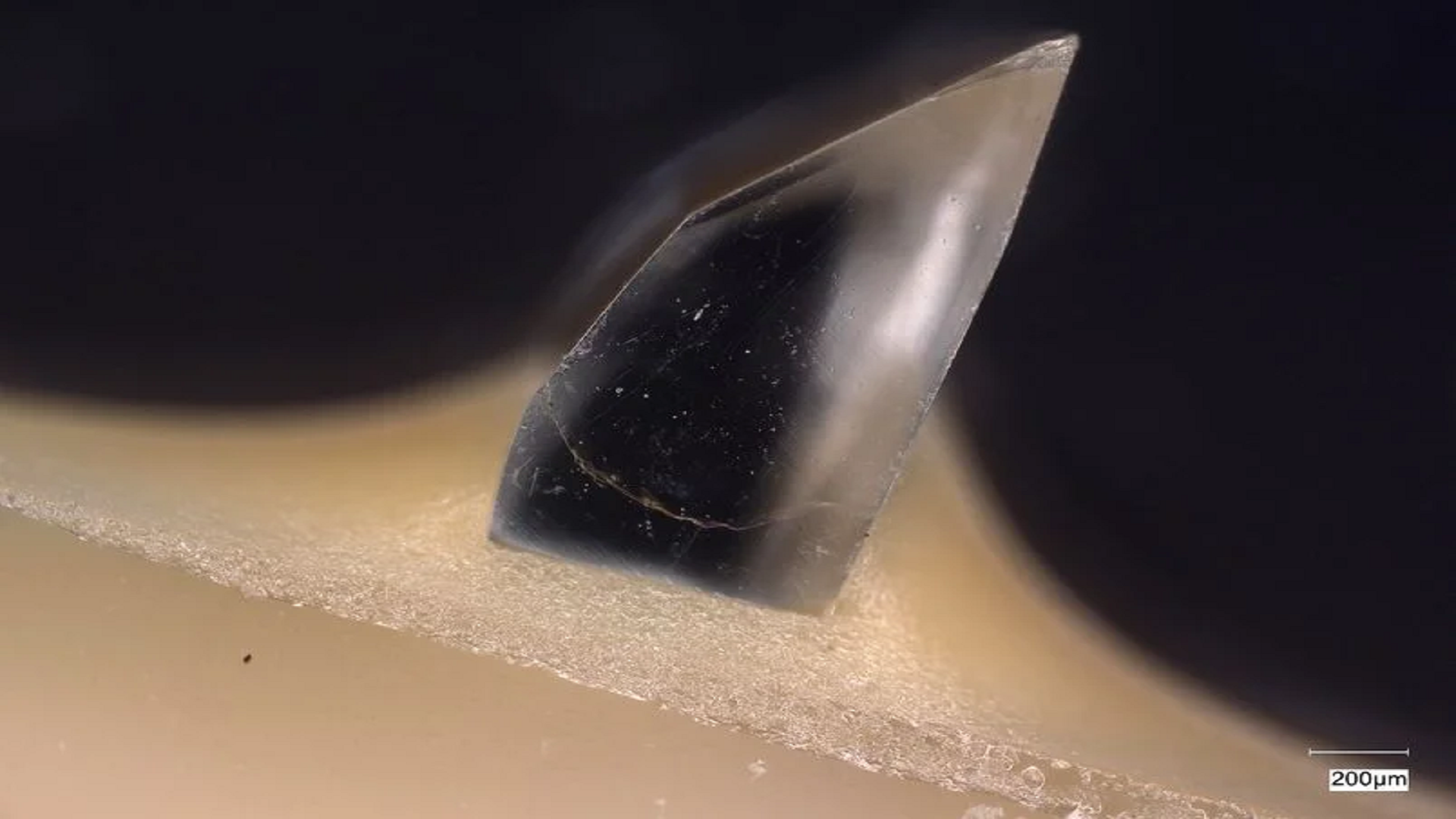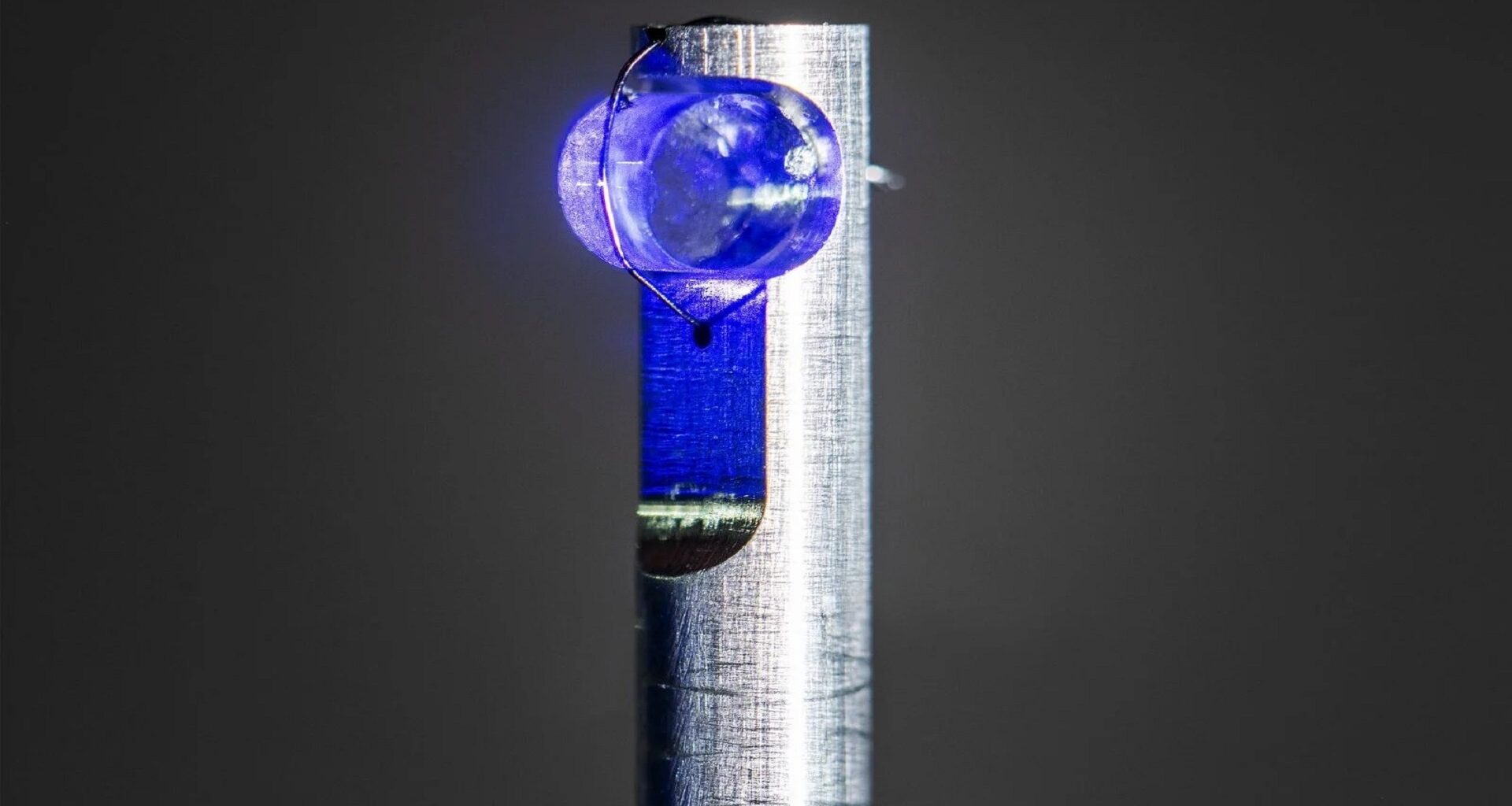A team of researchers in Austria has recently demonstrated that the world’s first nuclear clock could help answer whether the fine-structure constant changes over time.
The scientists from the Vienna University of Technology (TU Wien), along with their colleagues, used the same thorium nuclear transition technology that was utilized to develop the world’s first nuclear clock in 2024.
They believe it could help test whether the fine-structure constant, which is one of physics’ most fundamental values, is truly constant.
The fine-structure constant, known as the Sommerfeld or alpha, is a dimensionless physical constant that defines how light interacts with matter. It has a value of approximately 1/137.
It also quantifies the strength of the electromagnetic force, the invisible glue that holds atoms together and shapes everything from stars to smartphones. If it shifted even slightly, it would suggest the laws of the universe aren’t as fixed as believed.
Tracking cosmic consistency
According to Thorsten Schumm, PhD, a researcher at the Vienna University of Technology’s (TU Wien) Institute of Atomic and Subatomic Physics, some theories suggest that the fine-structure constant may not be truly constant.
Instead, it could slowly drift over time or even oscillate in periodic cycles. “Normally, we assume that such constants are universal – that they have the same value at all times and everywhere in the universe,” Schumm explained.
He said that if the fine-structure constant proves unstable, it would completely reshape modern physics. However, to uncover this, even the smallest possible changes in the constant must be measured with extreme precision. “Our thorium atomic clock makes this possible for the first time,” he disclosed.
 The nuclear clock.
The nuclear clock.
Credit: Oliver Diekmann, TU Wien
To test the assumption, the team turned to the nuclear clock. Unlike traditional atomic clocks, which measure time based on the behavior of electrons orbiting an atom, a nuclear clock tracks energy transitions within the atomic nucleus.
The research team used a tiny crystal containing thorium atoms for the experiment. When the thorium nucleus switches between two different energy states, a ground state and a slightly more energetic excited state, it subtly changes shape.
This alters the way its electric field is distributed. That minute shift, a quadrupole change, depends directly on the fine-structure constant.
“When the atomic nucleus changes its state, its shape also changes, and with it its electric field,” Schumm explained. “In particular, the quadrupole component of the field changes – this is a number that describes whether the shape of the electric field is more elongated, like a cigar, or more squashed, like a lentil.”
Beyond keeping time
By precisely measuring this thorium transition, scientists aim to reveal whether the fine-structure constant remains constant or shifts slightly over time.
The thorium-containing crystals for the experiment were produced at the Vienna University of Technology, while the laser spectroscopy measurements were carried out in Boulder, Colorado.
“We were able to show that our method can detect variations in the fine-structure constant three orders of magnitude more precisely than previous methods, i.e., by a factor of six thousand,” Schumm pointed out.
 The thorium crystals are about one millimeter in size.
The thorium crystals are about one millimeter in size.
Credit: Oliver Diekmann, TU Wien
According to the team, the implications reach far beyond precision timekeeping. The thorium nuclear transition could enable physicists to explore previously inaccessible realms of new physics.
“This shows that the thorium transition we discovered can not only be used to build a new generation of high-precision clocks, but also allows research into new physics that was previously inaccessible experimentally,” Schumm concluded in a press release.
The study has been published in the journal Nature Communications.

